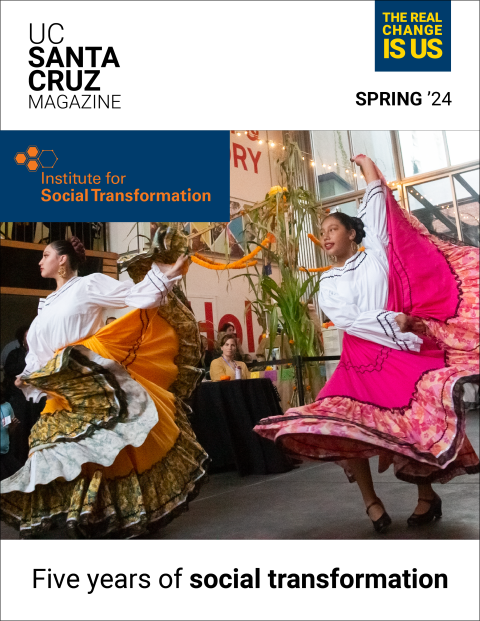While tsunamis are infrequent, they can be high-impact events that have the potential to cause fatalities and damage to our coastal areas.
Tsunami Preparedness Week—March 26–30—is a good time to learn about the risks to your work, recreational, and residential communities.
Cal OES Tsunami brochure
Santa Cruz risk levels: U.S. West Coast: High to Very High
The West Coast states of Washington, Oregon, and California have experienced tsunamis from as far away as Alaska, South America, Japan, and Russia. The most damaging on record is the tsunami caused by the 1964 Great Alaska earthquake. More recently, harbors in the region were damaged by events in Japan (2011) and Chile (2010).
What is the difference between a tsunami watch, advisory and warning?
- Watch - A tsunami watch means that a distant tsunami is possible.
- Advisory – Strong currents and waves dangerous to those in or near the water possible
- Warning – Dangerous coastal flooding and powerful currents possible.
In all instances, stay alert to changing conditions and tuned into media for more information.
How long do I have to respond and evacuate before a tsunami?
Depending on the origination of the earthquake, it may be a few hours to just 15–20 minutes before the surge reaches the coast.
How should I respond during a tsunami?
Immediately evacuate tsunami threat zones and move to higher ground; 100 feet above sea level or 2 miles inland.
The University of California, Santa Cruz’s main campus is approximately 388 feet above sea level at the base of the campus and nearly 1,000 feet above sea level at the top of the campus.
Warning signs of a tsunami
Shaky ground, the ocean receding unusually and a loud ocean roar could mean a tsunami is coming.
Follow tsunami news • Facebook: Facebook.com/thetsunamizone • Twitter: @TheTsunamiZone • YouTube: youtube.com/t! sunamizoneorg
Tsunami: Be Prepared and Stay Save Video http://www.nws.noaa.gov/om/Tsunami/outreach.shtml


